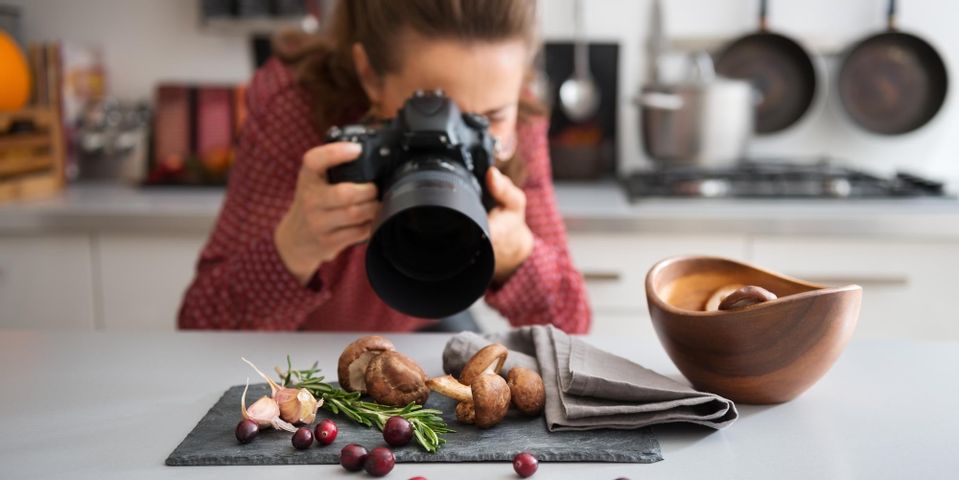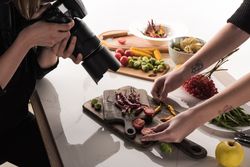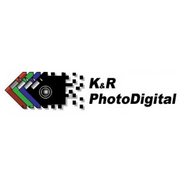3 Tips for Food Photographers When Choosing Cameras & Accessories

Just one glimpse at social media, and it’s easy to see that food photography is pretty big these days. While amateurs can get away with using their phones to snap pictures of gorgeous meals, those with professional aspirations must invest in quality cameras and accessories. Here are a few key points to consider when compiling your food photography arsenal.
How to Find the Perfect Camera for Food Photography
1. Invest in a Quality Lens
If you’re just starting out, a 50mm lens is an economical investment. More affordable than other types of lenses, the 50mm is versatile, lightweight, and less susceptible to distortion when compared to a 35mm lens when shooting wide with the intention of cropping later.
If you're in search of a lens that offers more control over the plane of focus, a tilt-shift lens is the way to go. These allow you to emphasize the portion of the food that you are trying to feature. A Tilt Shift allows you to minimize the foreground and background or allows you to choose a sharp image of everything in the scene.
As opposed to a 50mm lens, a macro lens will allow you to photograph closer and / or to emphasize details at a closer range.
2. Choose the Right Sensor Size
 A full frame sensor will give you a wider area of coverage with the same focal length lens. If the full frame covers the entire place setting, a cropped frame sensor at the same distance, will barely cover the plate.
A full frame sensor will give you a wider area of coverage with the same focal length lens. If the full frame covers the entire place setting, a cropped frame sensor at the same distance, will barely cover the plate.
The image sensor size and megapixels will directly affect the resolution detail and size that your image can be reproduced, either on the web or in print. So, a sensor with more megapixels will always render a more detailed image. The best choice for quality work would be a high quality lens on a full frame high megapixel sensor, but if all you are doing is blogging or smaller size web images, then any quality sensor and lens may be sufficient.
3. Don’t Underestimate Tethering Ability
When your camera is tethered to a computer, laptop, phone or tablet you’ll get to see how your image has turned out immediately. This is very valuable for food photographers as you’ll see the outcomes of the decisions you make in real time.
Today’s options for tethering are many – ranging from a cable between camera and device to Wi-Fi or BlueTooth that allows easy tethering even in a restaurant location. Depending upon how the images are going to be used, you may also need editing software installed on your computer that allows for post production editing.
Now that you know a little more about which cameras and accessories are best for food photography, the next step is to find quality equipment. Since 1975, K & R Photographics has helped customers throughout the Greater Cincinnati and MidWest area find professional camera equipment for a wide range of purposes. They carry an extensive selection of quality equipment from lighting to printers, as well as high-end cameras and lenses to make sure you capture the best possible images. Feel free to call (859) 341-6986 today if you have any questions. You can also visit the website to start searching for cameras, lenses, and other essentials.
About the Business
Have a question? Ask the experts!
Send your question

